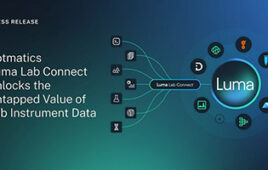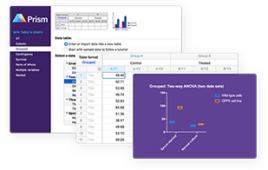Grassroots “Einstein@Home” Astrophysics Project Goes Live
A new grassroots computing project dubbed Einstein@Home, which will let anyone with a personal computer contribute to cutting edge astrophysics research, was officially announced at the annual meeting of the American Association for the Advancement of Science (AAAS) in Washington DC on Saturday, February 19.
The US Laser Interferometer Gravitational wave Observatory (LIGO) Laboratory Director Barry Barish of Caltech, and Einstein@Home Principal Investigator Bruce Allen of the University of Wisconsin-Milwaukee made the announcement during a press briefing at the Wardman Park Hotel in DC.
Einstein@Home is a flagship project of the World Year of Physics 2005 celebration of the centennial of Albert Einstein’s miraculous year. The program searches for gravitational waves in data collected by US and European gravitational wave detectors.
Albert Einstein’s General Theory of Relativity predicted the existence of gravitational waves in 1916, but only now has technology reached the point that scientists hope to detect them directly. Gravitational waves are ripples in the fabric of space and time produced by violent events in the universe such as black hole collisions and exploding stars (supernovae). Longer-lived sources of gravitational waves include rapidly rotating compact stars, and binary systems composed of two orbiting stars. The ripples travel through space, carrying information both about their source and about the nature of gravity itself.
Einstein@Home searches data from the LIGO and the British/German GEO-600 gravitational wave observatory for signals coming from very dense, rapidly rotating compact quark and neutron stars. Einstein’s theory predicts that if these compact stars are not perfectly spherical, they should continuously emit gravitational waves. LIGO and GEO-600 are now sufficiently sensitive that they might detect these signals if the stars are close enough to earth.
Finding such signals in gravitational wave data requires an enormous amount of computing power. Estimates indicate that searching gravitational data with the maximum possible sensitivity would require many times the computing capacity of even the most powerful supercomputer.
LIGO Scientific Collaboration researchers from the Albert Einstein Institute, UWM and the LIGO Laboratory are enlisting the aid of an army of home computer users to analyze the data. Much like the popular SETI@Home project that searches radio telescope data for signs of extraterrestrial life, Einstein@Home will involve hundreds of thousands people who will dedicate a portion of their personal computers’ computational time to the project.
The Einstein@Home program is available for PCs running Windows, Linux and Mac operating systems. When the computer is not in use, it downloads LIGO and GEO-600 data from a central server and searches it for gravitational wave signals. While running, it displays a screensaver that depicts the celestial sphere, with the major constellations outlined. A moving marker indicates the portion of the sky currently being searched on the computer.
About the World Year of Physics
The World Year of Physics is an international celebration of physics, timed to coincide with the 100th anniversary of Albert Einstein’s “miraculous year.” In 1905, Einstein revolutionized much of science with three groundbreaking advances: he proved of the existence of the atoms and molecules, he validated the emerging field of quantum mechanics and he developed the theory of special relativity, which led to the most famous equation ever written, E=mc2.The United Nations has officially declared 2005 the International Year of Physics, and more than thirty nations are participating in the yearlong celebrations with public lectures, museum exhibits, and educational projects.




